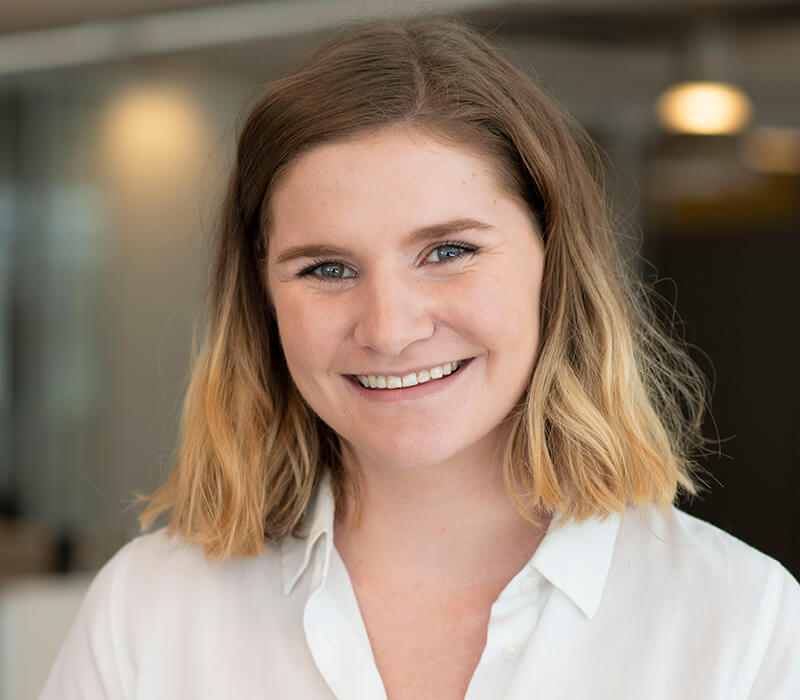Reflecting this Juneteenth, CRTKL reissues its primer on the linkages between our profession and the Black Lives Matter Movement. We know there’s a lot of work to be done, and we want to be part of the change.
It explores the legacy of racism, social movements, and civil rights as they manifest in the built environment at the intersection of housing, transit, density, urban development, decay, and discrimination. This guide was created by Catherine Blake, Iva Groudkova, Quen Foster-Patterson and Samantha Cross from our Knowledge Information Management (KIM) group.
Note: For any books or media where a purchase is necessary, please consider using your local library or, if you’re unable to, a Black-owned independent bookstore. Libraries offer services and products that level the intellectual playing field. They allow people of any income level or background to access high-quality information, to use computers, to borrow materials they want or need. The best way to support local libraries is by using them, even though you, yourself, may not need to. By supporting libraries, you are supporting the people that do have that need. Together we can create a more equitable future for everyone.
Organizations:
- American Civil Liberties Union – Article discussing the history of Black Lives Matter.
- Black Lives Matter – A website associated with the BLM Movement.
- National Organization of Minority Architects (NOMA) – NOMA’s mission, rooted in a rich legacy of activism, is to empower our local chapters and membership to foster justice and equity in communities of color through outreach, community advocacy, professional development and design excellence.
- World Economics Forum – Background information on the Black Lives Matter movement.
- Association for Community Design (ACD) – A network of individuals, organizations, and institutions committed to increasing the capacity of planning and design professions to better serve communities. ACD serves and supports practitioners, educators, and organizations engaged in community-based design and planning.
- ‘Talking About Race’ web portal from the National Museum of African American History & Culture – Provides tools and guidance to help explore issues of race, racism, and racial identity.
Videos & Podcasts:
- Race Forward: Race Forward brings systemic analysis and an innovative approach to complex race issues to help people take effective action toward racial equity.
- Citizen Architect Samuel Mockbee and the Spirit of the Rural Studio – (2010) In 1993 the late architect and MacArthur “genius” Samuel Mockbee started the Rural Studio, a design/build architecture program, in which students create striking architecture for impoverished communities in rural Alabama. Infusing the film with a larger discussion of architecture’s role in addressing issues of poverty, class, race, education, social change, and citizenship are other architects and designers who share praise and criticism of the Rural Studio.
- Gaining Ground – (2015) In the midst of the economic meltdown, Gaining Ground explores the innovative, grassroots organizing efforts of the Dudley Street Neighborhood Initiative (DSNI) in Boston. DSNI was created 30 years ago when the community had been devastated by bank redlining, arson-for-profit and illegal dumping, and has become one of the preeminent models for community-based change.
Articles:
- “America’s Cities Were Designed to Oppress.” Bryan Lee on the oppressive nature of cities and principles of Design Justice. Citylab. June, 2020
- “Architects, Designers and Planners: #BlackLivesMatter and You Must Speak Up!” Michael Ford calls on architects to respond to the continued, unprovoked and senseless murders of Black people in public spaces. Azure Magazine. June, 2020.
- “The Quest for Environmental Justice and the Politics of Place and Race.” Dr. Robert Bullard. Climate Reality Project. April, 2020
- “Discrimination by Design.” Lena V. Groeger on the many ways design decisions treat people unequally. ProPublica. Sept, 2016
- “Separated by Design: How Some of America’s Richest Towns Fight Affordable Housing.” Jaqueline Rabe Thomas. ProPublica. May, 2019.
- “Memphis Burning” To understand racial inequality in America, start with housing. Preston Lauterbach. Places Journal. March, 2016
- “A Tale of Two Truths: Transportation and Nuance in the Time of COVID-19” Ariel Ward on the critical thinking in our built environment practices. Medium. May, 2020.
Books:
- The Color of Law – (2017) A history of the modern American metropolis, Rothstein offers a forceful argument ever on how federal, state, and local governments gave rise to and reinforced neighborhood segregation.
- E.B. Du Bois’s Data Portraits – (2018) The colorful charts, graphs, and maps presented at the 1900 Paris Exposition by famed sociologist and black rights activist W.E.B. Du Bois offered a look behind the veil into the lives of black Americans to convey a literal and figurative representation of what Du Bois famously termed “the color line.”
- Palaces for the People – (2018) How Social Infrastructure Can Help Fight Inequality, Polarization, and the Decline of Civic Life: An inspiring blueprint for rebuilding our fractured society.
- Unequal Childhoods – Class, Race, and Family Life – (2011) a portrayal of class inequalities in the United States, the book contains analysis of the processes through which inequality is reproduced, and it engages with methodological and analytic dilemmas usually glossed over in academic texts.
Interested in Donating?
 Clare Sausen
Clare Sausen